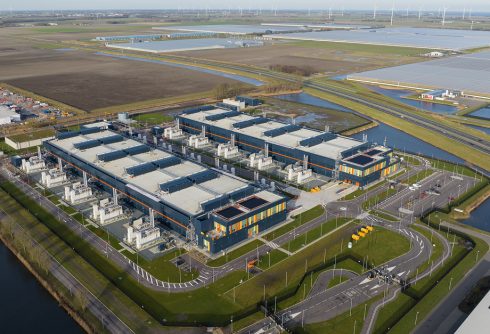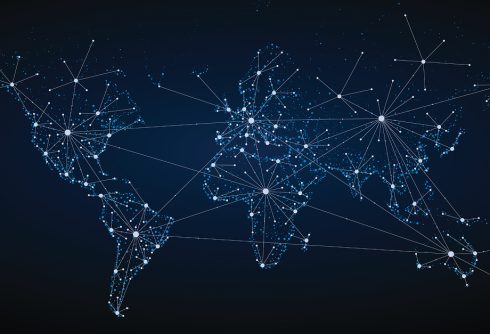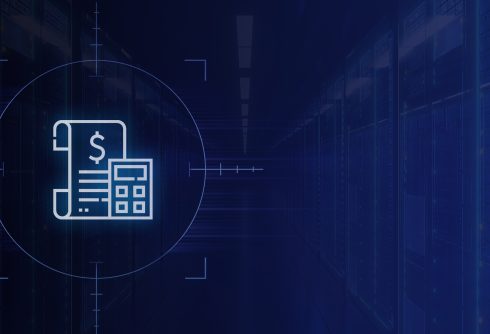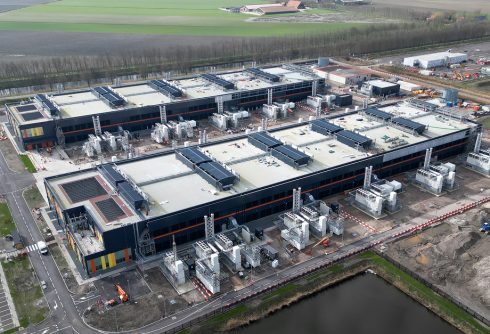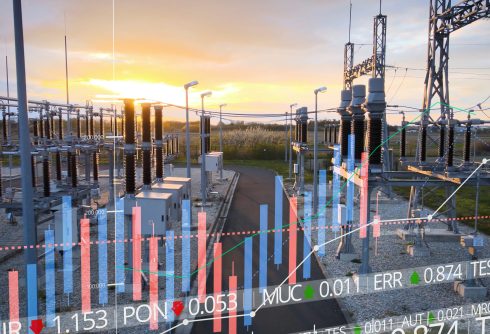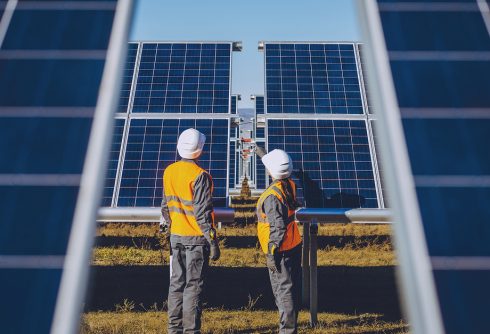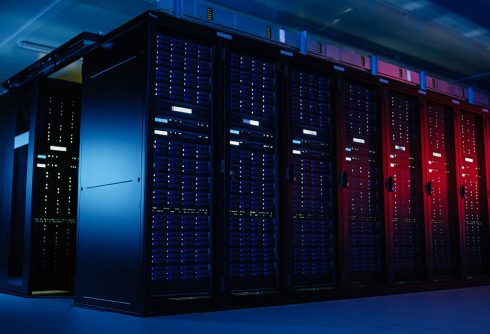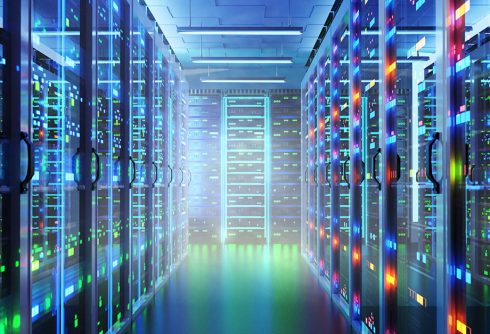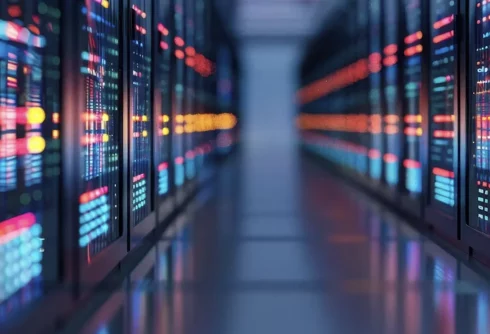Is Your Data Center Sustainable?
Imagine a modern data center, humming with activity, where every kilowatt counts. The operators proudly boast their top-tier energy efficiency with a Power Usage Effectiveness (PUE) score of 1.2. Yet, beneath this impressive number lies a more complex reality: the center’s carbon footprint remains substantial due to reliance on coal-powered electricity and excessive water usage. This scenario underscores a critical insight for data centers. While PUE is a valuable metric, it doesn’t capture the full spectrum of sustainability challenges.
As regulatory pressures mount and corporate sustainability mandates become more stringent, data center operators must look beyond PUE to a broader set of metrics that provide a comprehensive view of environmental impact. Advanced power infrastructure, including green transformers and renewable energy systems, requires sophisticated measurement approaches that align with emerging sustainability standards and unlock valuable financial incentives.
Why PUE Alone Doesn’t Tell the Full Story
Since The Green Grid introduced Power Usage Effectiveness (PUE) in 2007, it has become the go-to metric for data center efficiency. Calculated by dividing total facility energy by IT equipment energy, PUE gives a quick snapshot of how efficiently a facility uses power. Most high-performing data centers fall between 1.1 and 1.5, with the gold standard being as close to 1.0 as possible.
But PUE has a blind spot. It tells you how efficiently power is used, not where that power comes from or what environmental cost it carries. It doesn’t reflect carbon emissions, water use, or waste output. A facility with a PUE of 1.2 running on coal-fired electricity may have a much higher environmental impact than one with a PUE of 1.4 powered by renewables. As US Signal explains, regional grid carbon intensity can completely change the sustainability equation.
Smarter Metrics That Reveal True Data Center Efficiency
If PUE is the starting point, smarter sustainability metrics take data center performance to the next level. These metrics give operators and stakeholders a clearer picture of environmental impact and help align infrastructure with ESG goals.
Carbon Usage Effectiveness (CUE)
CUE tracks the amount of carbon dioxide emitted for every kilowatt-hour of IT energy used. It fills the gap PUE leaves behind by connecting energy efficiency with carbon intensity. Facilities using clean power may have a CUE below 0.5 kg CO2/kWh, while coal-reliant sites can exceed 1.0.
According to Azura Consultancy, data centers can improve CUE by switching to renewable energy, enhancing power efficiency, or investing in offset strategies. As net-zero deadlines and carbon pricing accelerate, this metric is quickly becoming non-negotiable.
Water Usage Effectiveness (WUE)
WUE measures how much water a data center uses per kilowatt-hour of IT energy. With many data centers relying on water for cooling, this metric is especially important in drought-prone regions.
Typical consumption is around 1.8 liters per kWh, but that number depends heavily on location and technology. Liquid cooling systems and waterless designs are helping top operators lower their WUE scores and stay ahead of future water regulations.
Renewable Energy Factor (REF)
REF tracks what percentage of a facility’s total energy comes from renewable sources. The goal is 100 percent. While many companies purchase clean power offsets, leaders are now moving toward 24/7 carbon-free energy, where supply and demand are matched in real time.
Energy Reuse Factor (ERF)
ERF measures how much of a data center’s energy is reused outside the facility, for example, as heat for nearby buildings. High-efficiency transformers are making these strategies more viable. As Northfield highlights, the right equipment can enable heat recovery and energy-sharing systems that turn wasted energy into usable value.
How to Stay Ahead of Changing Regulations
Sustainability regulations are no longer optional. Governments are tightening requirements, and staying compliant means staying competitive.
In the EU, the Data Centers Reporting Scheme mandates disclosure of key metrics like PUE and WUE. In the U.S., new legislation is following suit. California’s proposed Senate Bill 58, for example, offers up to 5.25% in sales tax reductions for data centers that meet sustainability standards, including a 70% carbon-free energy threshold.
At the federal level, incentives are even more impactful. The Investment Tax Credit provides a 30% benefit for qualified renewable energy and battery storage systems. An additional 10% is available through Energy Community Bonus Credits for facilities built in designated zones. According to the Open Compute Foundation, these incentives can offset up to 40% of infrastructure upgrade costs.
To qualify, operators must meet certain conditions. These include prevailing wage and apprenticeship requirements, U.S.-manufactured equipment like green transformers, and minimum investments of $200 million. As data center growth accelerates transformer demand, now is the time to invest in high-efficiency infrastructure that meets both regulatory and financial benchmarks.
Turning Metrics into Meaningful Results
Tracking sustainability is one thing. Turning that data into action is where the value lies.
To get there, data centers need the right tools and infrastructure. Real-time monitoring through Data Center Infrastructure Management (DCIM) systems enables continuous tracking of power, cooling, and environmental performance. Integrating these systems with automated reporting and third-party verification helps ensure compliance with evolving standards and ESG reporting frameworks.
Modernization is key. High-efficiency green transformers, on-site energy storage, liquid cooling systems, and smart grid integration all play a role. These technologies not only lower emissions and water use, but they also prepare facilities for demand response and grid-interactive capabilities.
Implementation takes more than equipment. It requires alignment across IT, facilities, sustainability, and procurement. Partnering with vendors who specialize in sustainable infrastructure streamlines deployment. Regular benchmarking keeps teams on track and fosters long-term optimization.
Upgrading from legacy infrastructure to smart grids shows how the right technology supports deeper sustainability insights, while unlocking efficiency and compliance wins.
Learn More About Northfield’s Data Center Solutions
Meeting today’s sustainability standards takes more than good intentions. It requires the right infrastructure. Northfield’s transformer solutions are designed for data centers aiming to reduce emissions, qualify for tax incentives, and meet demanding environmental and regulatory targets without compromising reliability.
Our procurement specialists understand the complex intersection of sustainability requirements, regulatory compliance, and financial incentives. We help data center operators navigate equipment selection that maximizes performance and eligibility for tax credits and incentives, ensuring your infrastructure investments deliver measurable environmental and financial returns.
From equipment selection to compliance alignment, our team helps streamline procurement and shorten delivery timelines. Explore Northfield’s data center capabilities to see how high-efficiency transformers and a strategic supply chain can help you achieve measurable sustainability results.
Our team is ready to help you navigate the evolving landscape of data center sustainability measurement.
Reach out to a Northfield team member today.

